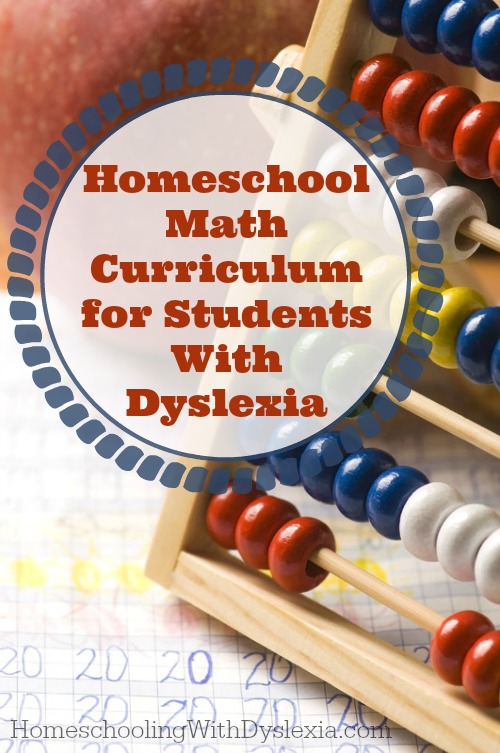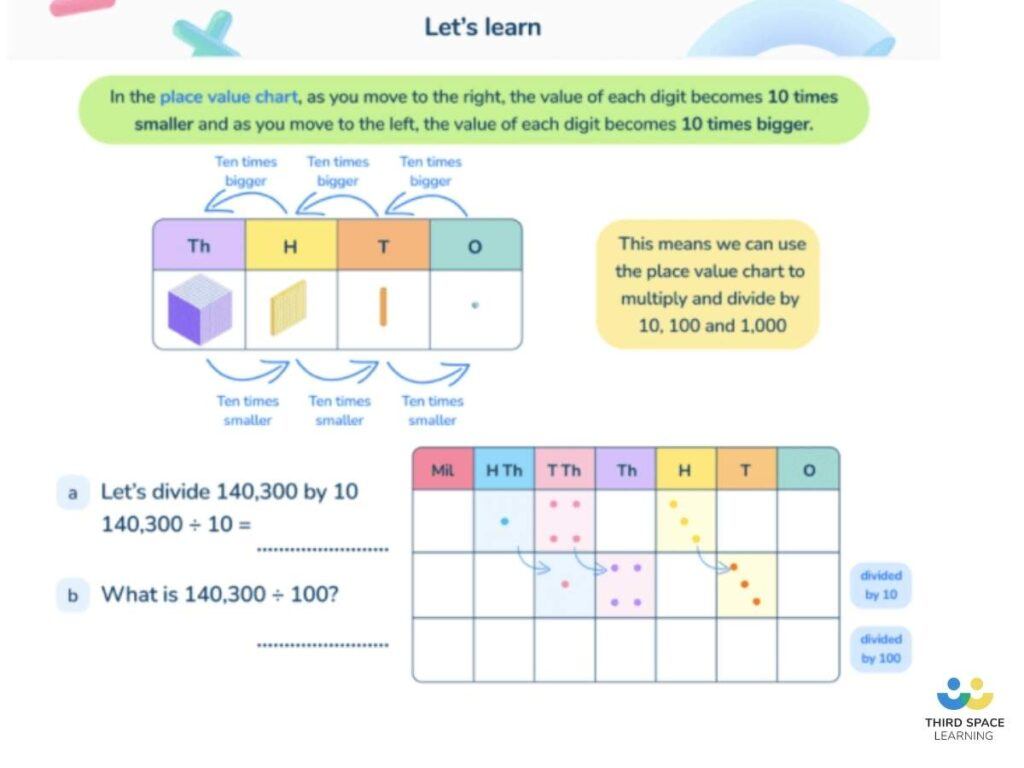Math dyslexia is a condition in which a child has trouble with math. It causes the child to have difficulty with the process of addition and subtraction. This disorder is most commonly inherited, and there are several different causes. Children who have math dyslexia may have trouble with addition, subtraction, and quotients.
There are several effective ways to teach children with math dyslexia. First, use explicit methods of instruction. These help students develop a deeper understanding of concepts and use them to solve problems. They should also be exposed to various multi-sensory methods such as dienes blocks, Cuisenaire rods, and multimedia calculators. A teacher should also be confident in his/her own ability to help students with math dyslexia. This is because children with math dyslexia have a limited sense of confidence.
Сommon problem for dyslexic students
Another common problem for dyslexic students is the difficulty with working memory. Working memory refers to the ability to hold multiple things in your mind at one time. Working memory is an essential skill in math because it helps you analyze and solve problems. Some students develop compensatory strategies, but others may not be able to move past these difficulties. Math teachers can help students learn how to use their working memory to their fullest potential. If you suspect your child is dyslexic, consider consulting with an expert in math to find out if they need remedial intervention.
Dyscalculia treatment options include extra time on tests and reduced math homework, calculator use when possible, frequent check-ins during classwork, and cheat sheets for common formulas. Parents and teachers collaborate with school psychologists to identify the most appropriate accommodations. Many times, it takes trial and error to find a solution that works for the individual. The most common treatment methods for dyscalculia are aimed at helping children cope with the difficulties of math, but they should be used cautiously.

In addition to problems with numbers and symbols, children with math dyslexia also have problems with time and sequencing. Children with dyslexia often reverse the numbers they write in a problem, and they may have difficulty understanding how to write multiplication tables and telling time on a circular clock. A lack of confidence also worsens math problems for these children.
Early intervention is important for the development of math skills. Children with dyscalculia need specialized coaching in basic math concepts. In-class accommodations and personalized math instruction are the most common treatments for children with dyscalculia. Treatment for adults with dyscalculia typically includes individual psychotherapy and may include accommodations in the workplace.
As a parent, it is important to recognize the signs of math dyslexia in your child. If you notice any of these signs in your child, consult a doctor for a professional diagnosis. If you are concerned, you may also want to work with your child’s teacher to find a program that works for them. A teacher will be able to note areas of difficulty and effective strategies for solving them. You should also consult a learning professional for further help.
Recognize the signs of math dyslexia in your child
Research shows that math dyslexia often runs in families, and genetics play a big role in the development of math problems. It is also thought that differences in brain structure are responsible for dyscalculia. Experts are trying to uncover ways to rewire brains so that math becomes easier.
College students with dyscalculia may experience a more difficult time dealing with the disorder. They may become anxious, avoid math, and struggle with grades. However, they may excel in other areas. For example, they may excel in reading, writing, and speaking. If they are determined enough to overcome math dyslexia, they may achieve their academic goals.
Advanced math problems often require a complex series of steps. People with dyslexia may find it difficult to visualise the different parts of a maths problem. They may also have trouble identifying critical information. They may also have difficulty in identifying patterns. Therefore, it is important for parents to assess their child’s specific math needs. Using multimedia math curriculum may also help in overcoming these difficulties. Despite these challenges, children with dyslexia can benefit from the use of online multimedia resources that teach math concepts.
Although there is no cure for math dyslexia, many interventions aim to fill in the learning gaps that the child has. In some countries, it is recognized as a disability, which can require specific accommodations for the child. This may include extra time in school, tutoring, and posters designed to reinforce basic fundamentals.
